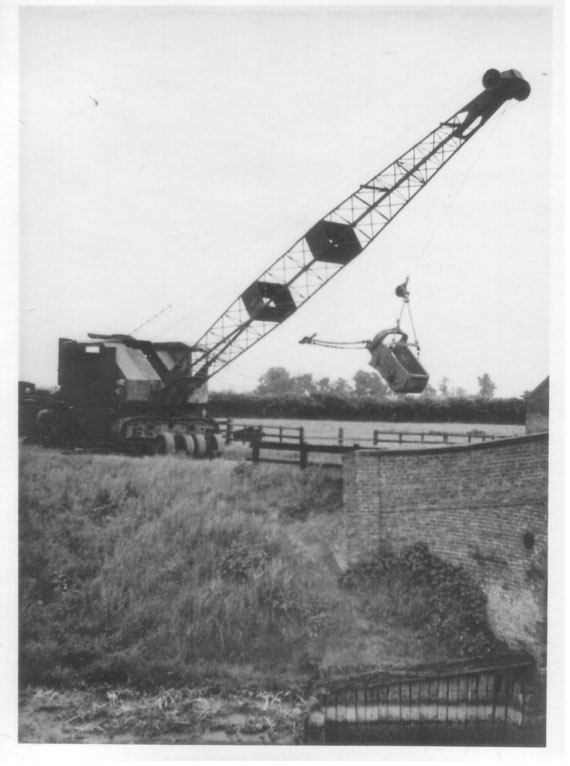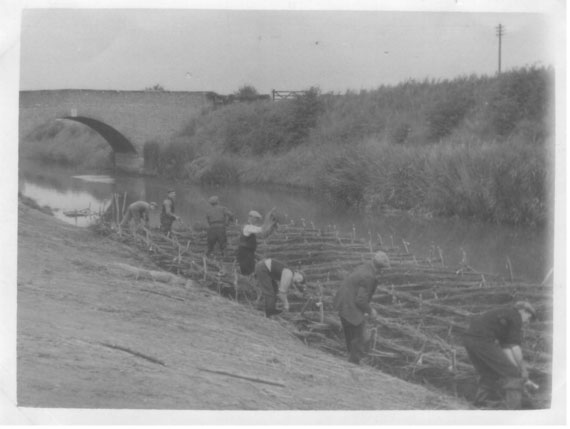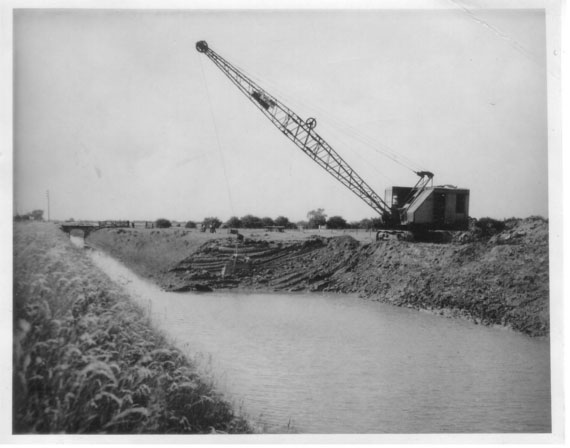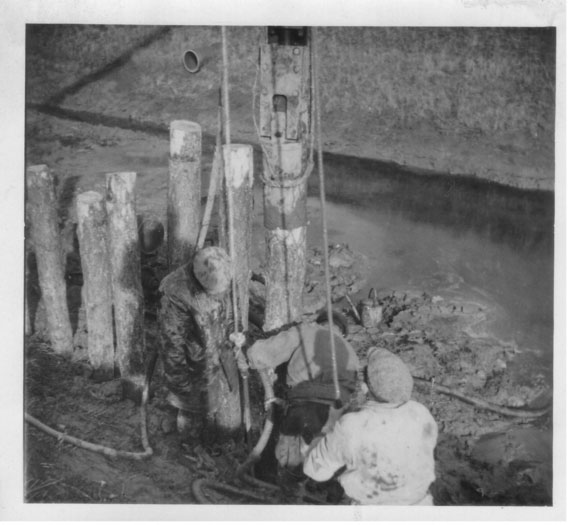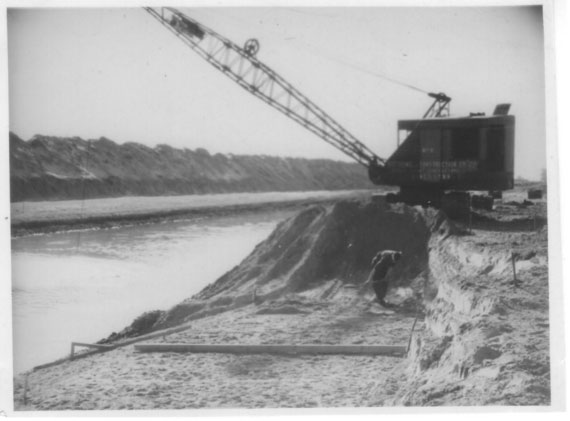
History
“Neptune every day doth powerfully invade the vast and queachy soyle, from the wrathfulle tydes the foming surges swepe and turneth all to sea, which was but lately shore.” (Michael Drayton, circa 1630)”
South Holland IDB is the lineal descendant of the Holland Elloe Court of Sewers with over 500 years of history behind it: the spade, the scythe and engine wrought by wind have given way to the hydraulic excavator, mechanical weed control and the modern day pumping station, but the problems for those of us who solve them remain the same. In the early part of the 17th Century Cornelius Vermuyden, a Dutch Engineer and a number of entrepreneurs known as ‘the adventurers’ helped reclaim and drain much of what is now the Board’s area. Ever since 1793 the Board and its immediate predecessors have continued with passion to improve and maintain their drainage systems, which has helped create the thriving local economy and environment we all enjoy today.
Reducing Flood Risk
The Board still has close links with Holland, which is synonymous with flood safety and sound drainage. We have been very successful in reducing flood risk over the years. So successful in fact, that many people living and working in the area know nothing of the Internal Drainage Board and the vital work that we do to help prevent flooding and drought, protect the environment and facilitate land use.
Measuring Success
Our success is inevitably measured by what does not happen rather than what does happen, which means that if flooding or drought does not occur frequently the value of what we do is sometimes questioned. But it is precisely because we continually maintain, improve and watch over the drainage system that we are actually able to reduce the risk of flooding and drought, protect the environment and facilitate land use.
Evolution
Great strides forward have been made over the years: the system of drainage which was based on an individual’s liability to repair a particular stretch of drain gave way to the small Board centred on a particular drain or outfall. The coming of expensive machinery and modern methods resulted in their amalgamation into an organisation big enough to employ the professional staff and own the machinery and equipment essential to efficient drainage but crucially, without losing the intimate contact with the land, which is at the very heart of good drainage and water level management.
The Future
With passion, foresight and common sense, we will be allowed to continue to evolve and help protect the people of South Holland, whatever the cost may be, for generations to come.
Legal Chronology
The Anglian Water Authority (South Holland Internal Drainage District) Order 1974 (Statutory Instrument 1974 No.1209). This Order constituted South Holland IDB in 1974 from an amalgamation of 5 Internal Drainage Boards:
- Holland Elloe Internal Drainage Board
- South Holland Internal Drainage Board
- South Holland Embankment Drainage Board
- South Welland Internal Drainage Board
- Sutton Bridge Internal Drainage Board
The Anglian Water Authority (South Holland Internal Drainage District) (Amendment) Order 1978 No.1589. This Order reconstituted South Holland IDB in 1978, which altered the Electoral Divisions within the Drainage District and reduced the number of Board members to 23.
The Reconstitution of the South Holland Internal Drainage Board Order 1993 (Statutory Instrument 1993 No.453). This Order reconstituted South Holland IDB in 1993, which abolished Electoral Divisions and reduced the number of elected Board members to 10.
The National Rivers Authority (Alteration of Boundaries of the South Holland Internal Drainage District) Order 1993 (Statutory Instrument 1994 No.723). This Order extended the Board’s area to include Mossop’s enclosure and other reclaimed land.
The North Level District Internal Drainage District and the South Holland Internal Drainage District (Alteration of Boundaries) Order 2009 (Statutory Instrument 2009 No.1170) (Map). This Order transferred the area containing the North Level Main Drain from South Holland IDB to North Level District IDB.
The North Level District Internal Drainage District and the South Holland Internal Drainage District (Alteration of Boundaries) Order 2009 (Statutory Instrument 2009 No.1170 Correction). This Order makes typograhical corrections to the spelling of Tydd St Mary in the original order (Statutory Instrument 2009 No.1170).


